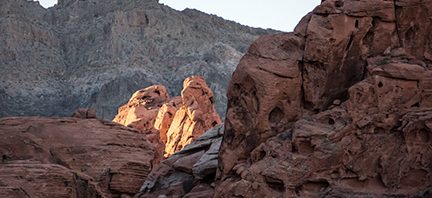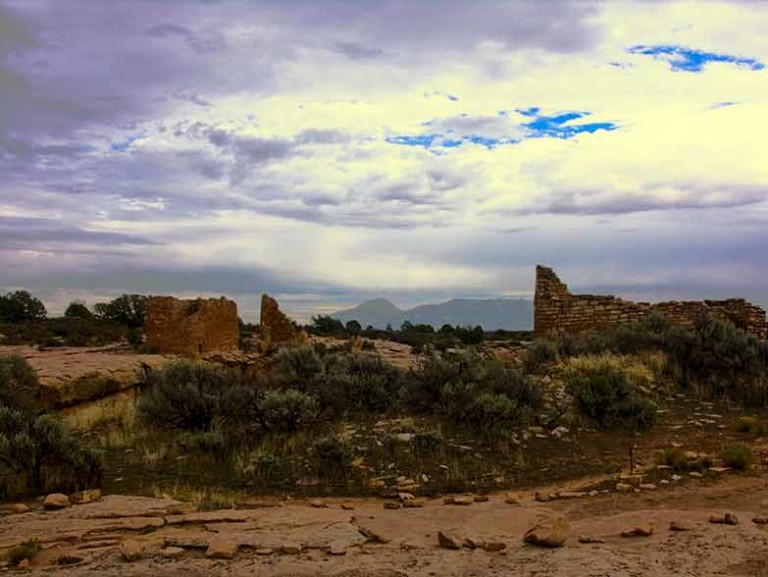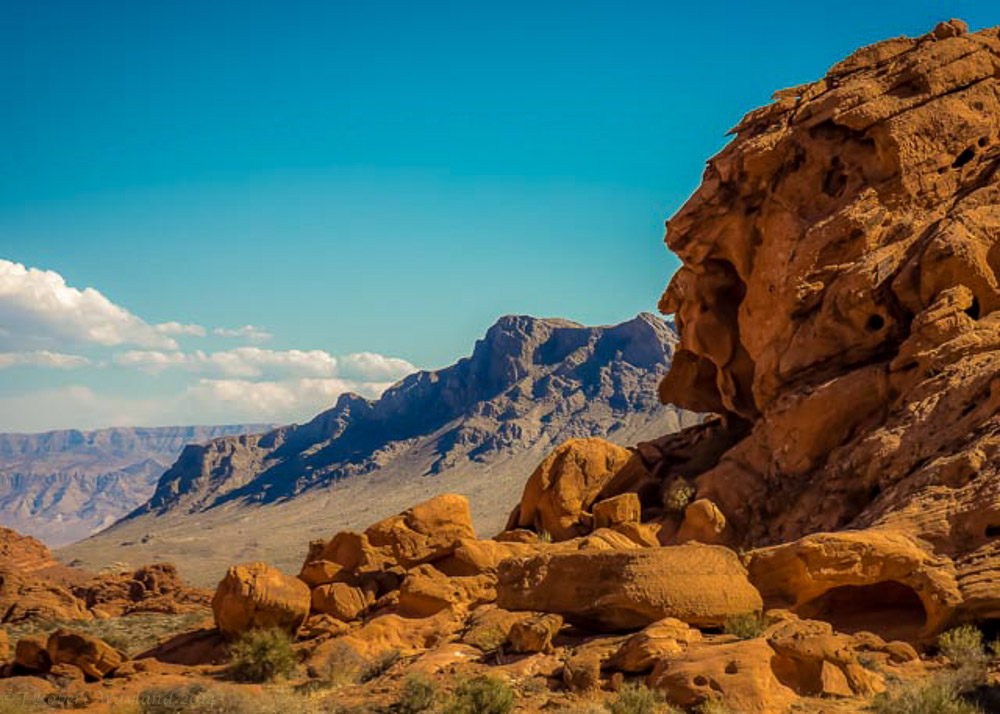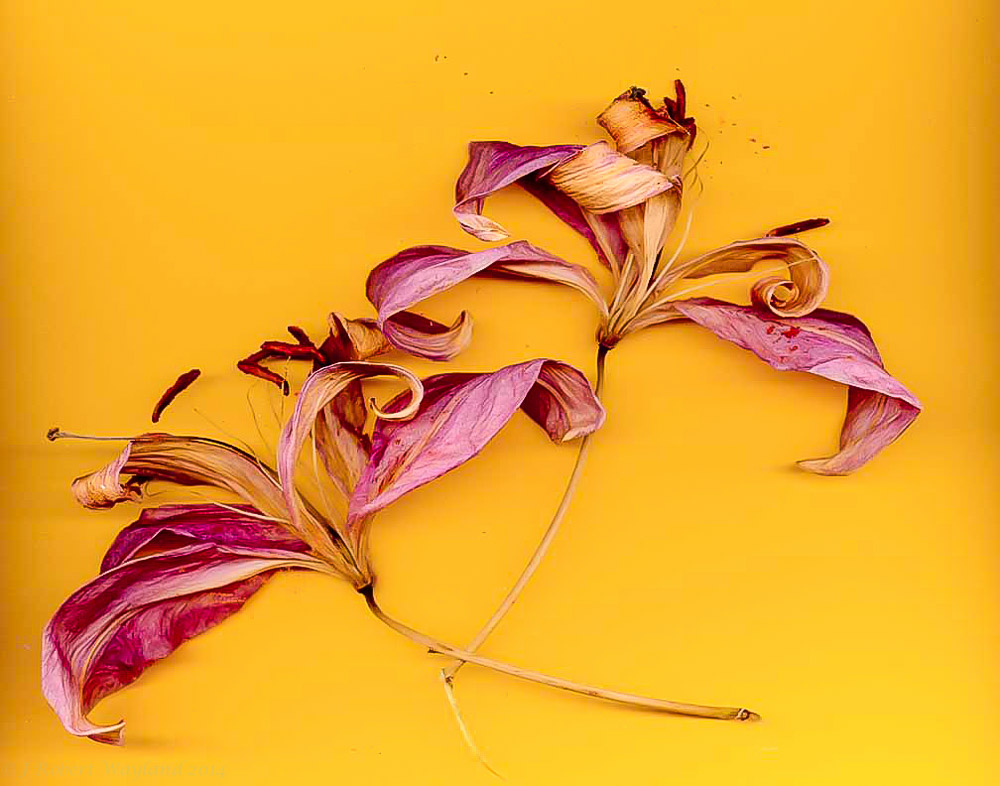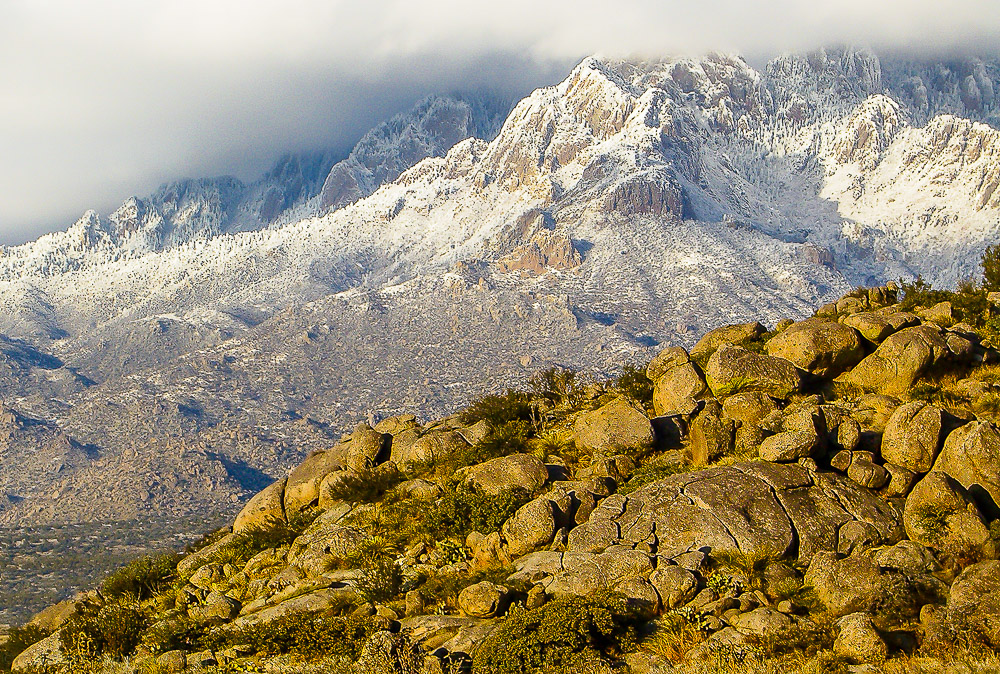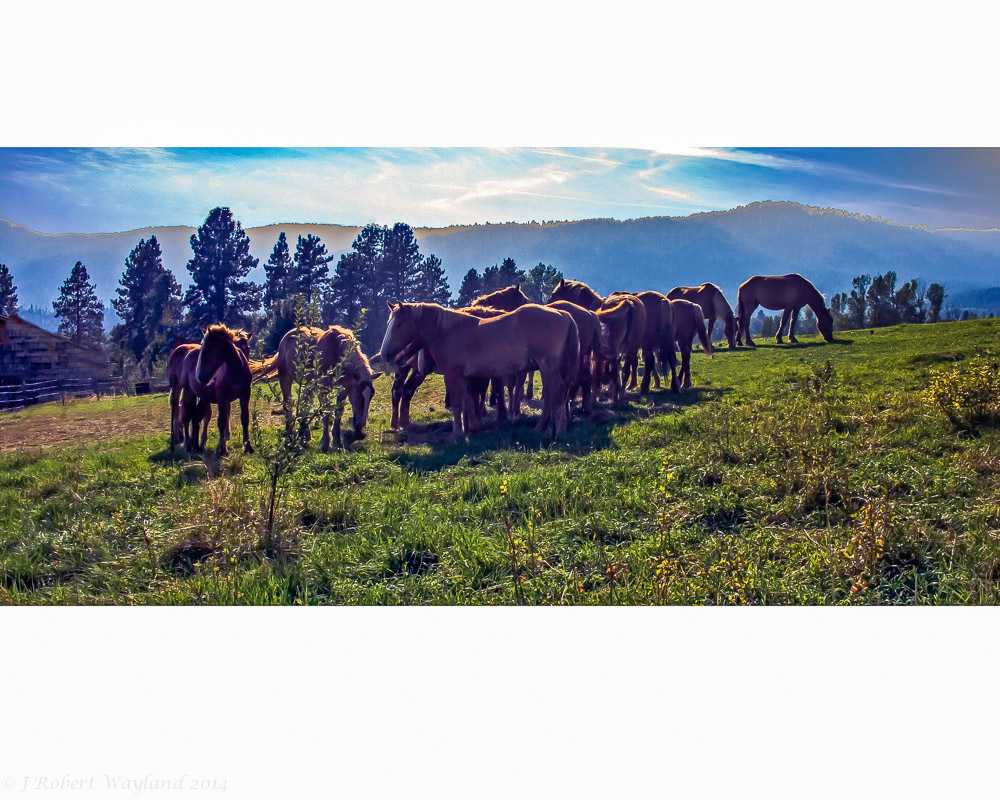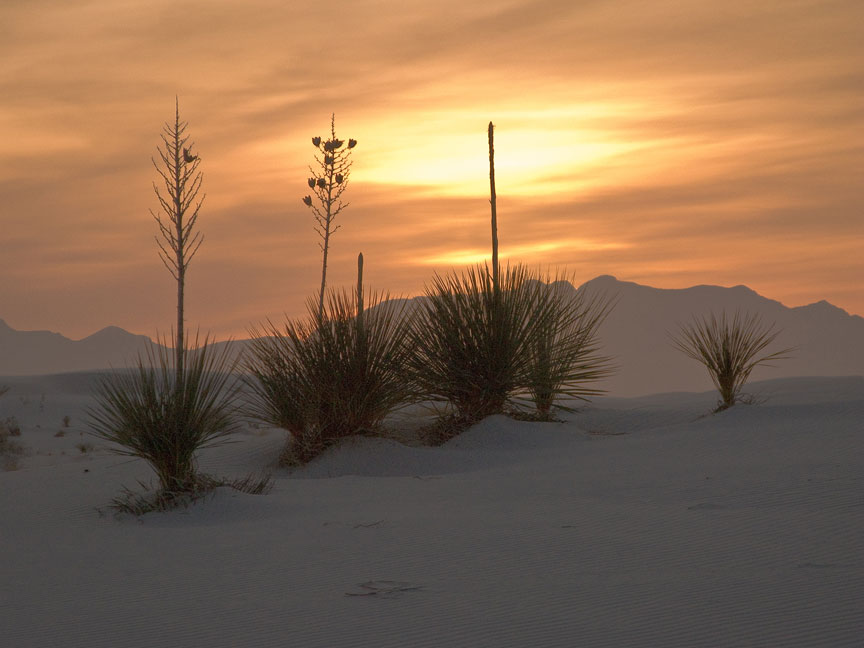Bob Wayland
Ready…Fire…Aim, How your mind takes a photo
Note: Normally I follow a pattern in my blogs of first giving you a straightforward “how to” approach, then a Popular Science level review of the technical literature and finishing with an overview of the research literature. This topic proved to be so broad and full of shadows that I stopped taking notes at 20 pages for the research literature. But, it points to a wholly different way of looking at photography; I will explore this more fully in the future, but will guide you to some general research summaries for this blog.
When first I became serious about photography, I found a strange mixture of individual insights that were very important to the originator, but only dead end alleys in helping me understand what was becoming a serious love for me. There were the simple “how to”s that just led me nowhere, the popular science level “hand waving” that just hinted at the truth, and then the real meat of hard core science. It was a rough road that taught me that each approach was productive for a type of a person’s need. Each made some individuals feel comfortable with the whole, the truth for them, so let it be! But what I was seeking was this common glue for all approaches?
My quest was what each level, each action had in common. For me that was clearly my “cognitive” mind. No matter what I did in photography, its purpose was to tell a story of what I was seeing to the person who was looking at my work. The glue that let this happen is visual perception, but viewed from the photographer’s needs. I had to understand how my mind and my brain did this. This is what I hope to explain to you. I will start by explaining two fundamental cognitive functions that form important parts of our mental bedrock. They are necessary for understanding what comes next in our journey: they are what the psychologist calls “ready–fire–aim”, and how much information I can understand and use when I view a possible photographic subject. I covered these two topics in the first version of Cognitive Photography in blogs 1 and 2. I have updated these two blogs and will repeat them now so we will all start at the same place. Lets start with “ready–fire–aim”.
There are strong neuroscientific studies establishing that our thoughts, our actions occur in our subconscious seconds before we are consciously aware of what we have done. When we see an interesting image and push the shutter button, our mind has already established why we want to take the photo and caused us to push the button. Then later, your mind deceives you by telling you that it will be a great shot and lets you know you want that image and you pushed the shutter button. Yes, I know that this doesn’t make sense. But this has been verified by careful research, indeed a Noble prize was awarded for this insight. There is considerable cognitive neuroscience happening, my goal is to help you understand and how to use this knowledge to improve your photography.
The original research was done by Daniel Kahneman and Amos Tversky. Because Tversky died before the Noble Prize in Economics was rewarded, it went to Kahneman alone. The first work was done on questions in decision theory. Tversky’s field was Psychology and Kahneman’s Economics: the psychological community gave little attention at first. One of the original papers was:
Amos Tversky and Daniel Kahneman, Judgment under uncertainty: Heuristics and Biases, Science vol. 185, 1974.
Complete popular press books about this incredible effort have appeared, for example:
Michael Lewis, The Undoing Project, W. W. Norton and Co. 2017.
More complete versions of the technical side are in:
Daniel Kahneman, Thinking, Fast and Slow, Farrar, Straus and Giroux, 2011
and
Daniel Coleman, Focus, HarperCollins, 2013.
Michael Gazzaniga, in his book “Who’s In Charge?” illustrates this process as follows:
Touch your nose with your finger and you will feel the sensation on your nose and your finger simultaneously. However the neuron that carries the sensation from your nose to the processing in the brain is only about three inches long, while the neuron from your hand is about three and half feet long and the nerve impulses travel at the same velocity. There is a difference of a few hundred (250-500) msec in the amount of time that it takes for the two sensations to reach the brain, but you are not conscious of this time differential. The information is gathered from the sensory input and computed, decision is made that both have been touched simultaneously even though the brain did not receive the impulses simultaneously, and only after that do you get the sensation of conscious experience. Consciousness takes time, but it arrives after the work is done.
(To get a better feel for the phenomenon, identify: what is ready, what is fire and what is aim.)
Neuroscience experiments using brain scans (fMRI, PET, etc.) clearly show that this does happen, but how does this affect your photography? Can understanding this help you take better photos? In this blog, I will give you a simplified description of what is happening within your brain and then discuss the impact on your photography.

There are two separate modes of thought, one that we are aware of (conscious), the other below awareness (nonconscious). The nonconscious design is established by our DNA, and thus genetically determined, but also influenced by experience, in specialized areas of closely bundled neurons that react quickly. (A detailed discussion of this will be presented in a future blogs.) The conscious mode is a goal-oriented behavior where we produce our desired photo in a purposeful way. We like to think that we are in control of what we are thinking, so we only pay attention to the conscious thoughts, the slow, mostly deliberate path to a decision for creating the image we want.
When we are taking a photograph the dominate sensory input is what you see, but with small inputs from other sensory organs (the texture of objects, the feel of the wind, etc.). You like to think that after you are satisfied with what you see in the viewfinder you push the shutter button, But that is not what really happens! You pushed the shutter button and then you consciously think of what a great photo you have just taken (Ready– Fire– Aim), you make up a tale that you tell yourself of why you took the picture and it’s a great image . You are not aware that you decided there was a shot possible, pushed the shutter, and then your mind makes up a story that it tells you, you took a photograph you wanted. Alas the story you tell yourself doesn’t have to be true.
Photographic lessons learned:
Because your mind imposes compositional guidelines when you shoot a photo, your attention should be concentrated upon developing habits of following excellent “laws of composition”. Get rid of old bad habits: learn great new ones! Yes I know another cliché, but one that can teach you important lessons. First just let your mind take the picture, then ask, “Does it truly tell the story?” Probably it doesn’t, so modify the image, take another picture with your mind, and reconsider. Keep doing this until the picture does tell the story. The first and last photos in this blog were done using this deliberative process: the middle shot was taken while on a train going about 60 mph. Sometimes you just have to take the first offering. (Of course you can preset your camera for the shot.)
Let’s look at this in a little more detail at the “Popular Science” level.
The conscious and nonconscious processes are shown in flowchart form in the above diagram. Inputs from your sensory organs (dominantly your eyes when you are taking a picture) are sent to the thalamus in your brain where they are relayed to the visual cortex. The information is processed in the visual cortex and then passed to the frontal cortex where the information is joined with other higher mental processes, which create a story that we are just then taking the photo. But, this conscious process is slow and energy expensive. If you rely solely on your frontal cortex to initiate action, you will miss some terrific shots requiring rapid action.

The second shot in this post was taken while on a train going about 60 mph (or about 88 ft./sec). This photo involved relying on the nonconscious processes mediated by the amygdala (the blue path in the diagram above). Humans have, in common with other animals, developed this quick system where the signal is analyzed in the amygdala to see if immediate action is needed. If it is, this system will sends a direct signal to the brain stem, which directs the motor cortex to push the shutter button. In other words, your mind is analyzing the image and applying the rules of making a good photograph, that you have taught yourself, to tell you when you have a good shot: then you push the shutter release. This experience improves with practice until you find that you are actually applying a great deal of knowledge and experience to quickly compose the best shot you can. Knowing this happens, I find that I actively use the ready and fire segments to get good action shots, and this photo is an action shot. Although you can, I usually don’t shoot in the burst mode and I also use a high ISO to get fast sharp images. This doesn’t work unless you spend considerable conscious effort to developing the skill.
Conscious, as mediated by the frontal cortex, takes place after the action is done. You are aware of the decision to take a shot only after you have taken it.
The timing of this sequence is important. However, the time it takes to form a visual image is usually a few tenths of msecs (1msec = 1/1000 sec) depending upon the complexity of the image (see The Mind’s Eye Guide to Composition for details). At this stage you are composing your image using the knowledge you have stored in your brain through training and experience.

Don’t make the mistake of thinking that your mind is forming a series of picture frames like a movie. If your mind worked in such a simplistic sequential way, this would result in a lot of missed opportunities. The operation is instead based on predicting the change in position of the elements in the visual scene. We experience a continuous update, as the sensory inputs provide new data, allowing for new courses of action. I wanted to show both the top and bottom of the butterfly’s wings. I waited about 15 minutes before everything was as I wanted! As you become a more experienced photographer, setting up a good photo can be accomplished rather quickly and your response will become more automatic. After you have taken enough pictures, and analyzed enough photos that you can shoot without extensive thinking, you can automatically recognize a good composition. This process is only as good as the sensory inputs and your understanding of what produces a notable image. As we all know, photographic excellence can be acquired with practice, but not just any practice. Good practice involves hard concentrated effort. Without this effort you cannot become a good photographer.
So do you have free will when you take a picture? Makes me think of a possible cartoon illustrating how confusing this can get: a photographer taking a selfie while holding a pistol to his head with a triumphant smile on his face.
It is important to understand that part of what is happening is nonconscious and part is conscious; the part that relates visual perception to action is nonconscious and can’t be corrected by conscious knowledge without a physical barrier that requires you to delay action until your conscious processing has time to catch up. To keep this in perspective recall the story of Ansel Adams waiting for three days to get the right light for some of his compositions. That is a long ready time!
The conscious processes are slow and deliberative, but with training, they influence the nonconscious processes. This is, of course, traditional photographic training, whether self-taught or formal course work. For an explanation of the training techniques I use and recommend, please see my book The Mind’s Eye Guide to Composition.

Please keep in mind that ready…fire…aim applies to all of your actions, not just photography. While beyond the scope of this blog, the technical details, described by the research, provide useful insights into the cognitive photography process. I will explore these in detail in future blogs. I suggest that you read the account of the originators of this line of thought: Daniel Kahneman, Thinking, Fast and Slow, Farrar, Straus and Giroux, 2011
© James Robert Wayland 2019
https://www.bwcognitivephoto.com/








